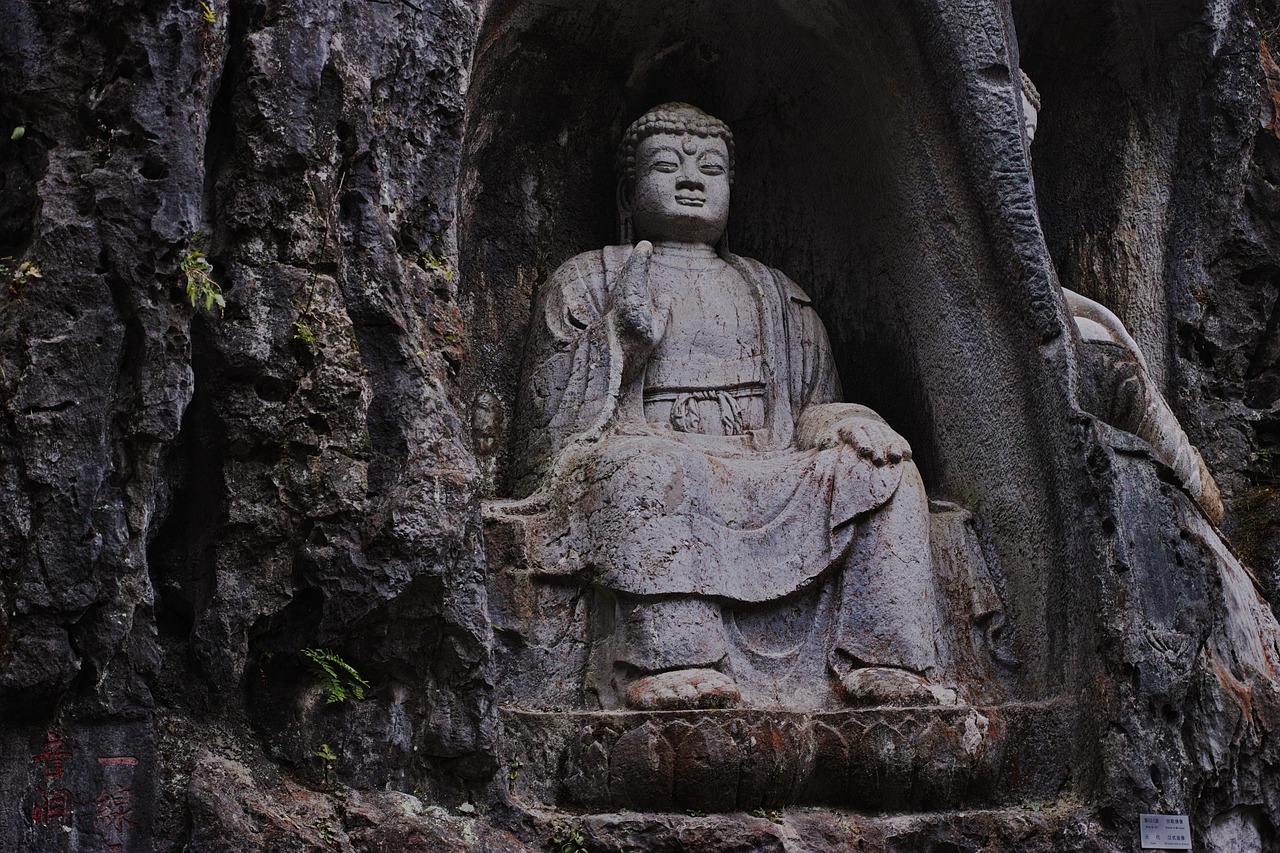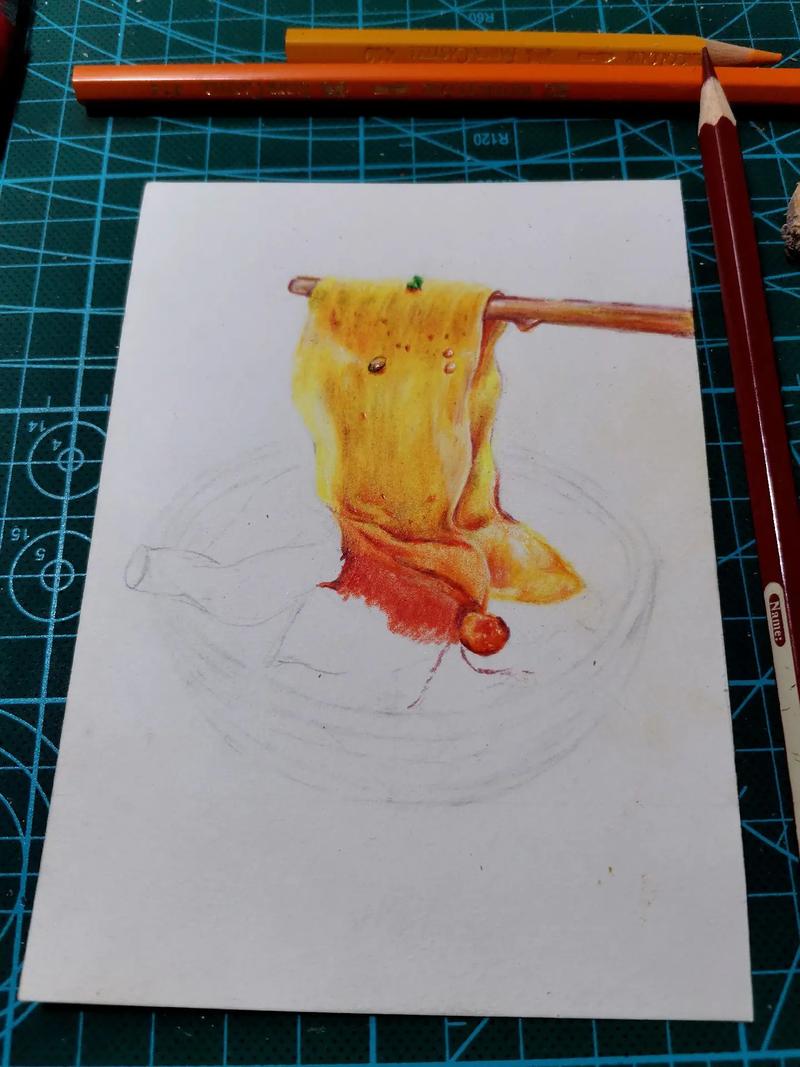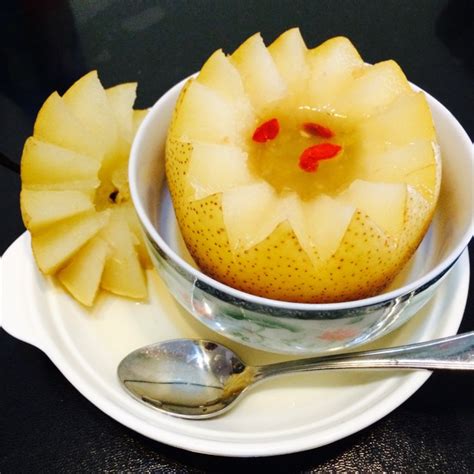红酒醒酒英语怎么说
Title: Understanding Wine Decanting: What is the Ideal Decanting Time for Red Wine?
Decanting red wine is a process that involves pouring the wine from its bottle into another vessel, typically a decanter, to separate the sediment from the liquid and allow the wine to breathe. This practice enhances the wine's flavors, aromas, and overall drinking experience. However, determining the ideal decanting time can be crucial to unlocking the full potential of your wine.
Understanding the Purpose of Decanting
Before delving into the ideal decanting time, it's essential to understand why decanting is necessary. Red wines, especially older ones, often contain sediment, which consists of tannins, pigments, and other solids that precipitate out of the wine over time. Decanting helps separate this sediment from the liquid, preventing it from ending up in your glass and affecting the wine's texture and taste.
The Role of Oxygenation
Besides removing sediment, decanting also allows the wine to come into contact with oxygen, a process known as oxygenation or aeration. Oxygenation helps soften harsh tannins and open up the wine's aromas and flavors, making it more expressive and enjoyable.
Finding the Ideal Decanting Time
The ideal decanting time for red wine varies depending on several factors, including the wine's age, varietal, and personal preference. However, a general guideline can be followed:
- Youthful Reds (05 years old): Young red wines benefit from shorter decanting times, typically around 30 minutes to an hour. This allows the wine to breathe without risking overexposure to oxygen, preserving its vibrant fruit flavors and freshness.
- MiddleAged Reds (515 years old): Wines with some age can benefit from longer decanting, ranging from one to three hours. This extended exposure to oxygen helps soften tannins and integrate flavors, resulting in a more harmonious wine.
- Older Reds (15 years old): Older red wines, especially those with significant sediment, may require several hours of decanting or even overnight. This prolonged aeration allows the wine to fully develop, revealing complex tertiary aromas and flavors.
Experimentation and Personal Preference
While these guidelines provide a starting point, the ideal decanting time ultimately comes down to personal preference. Wine tasting is subjective, and what works for one wine enthusiast may not suit another. Therefore, don't hesitate to experiment with different decanting times to find what best enhances your winedrinking experience.
Conclusion

Decanting red wine is both a science and an art, requiring careful consideration of factors such as age, varietal, and personal taste. By understanding the purpose of decanting and experimenting with different decanting times, you can unlock the full potential of your red wines and elevate your drinking experience.
So, next time you uncork a bottle of red wine, remember the importance of decanting and the role it plays in enhancing your enjoyment of this timeless beverage.
版权声明
本文仅代表作者观点,不代表百度立场。
本文系作者授权百度百家发表,未经许可,不得转载。












评论
匿名用户
回复红酒醒酒时间因个人体质而异,通常30分钟至数小时不等。